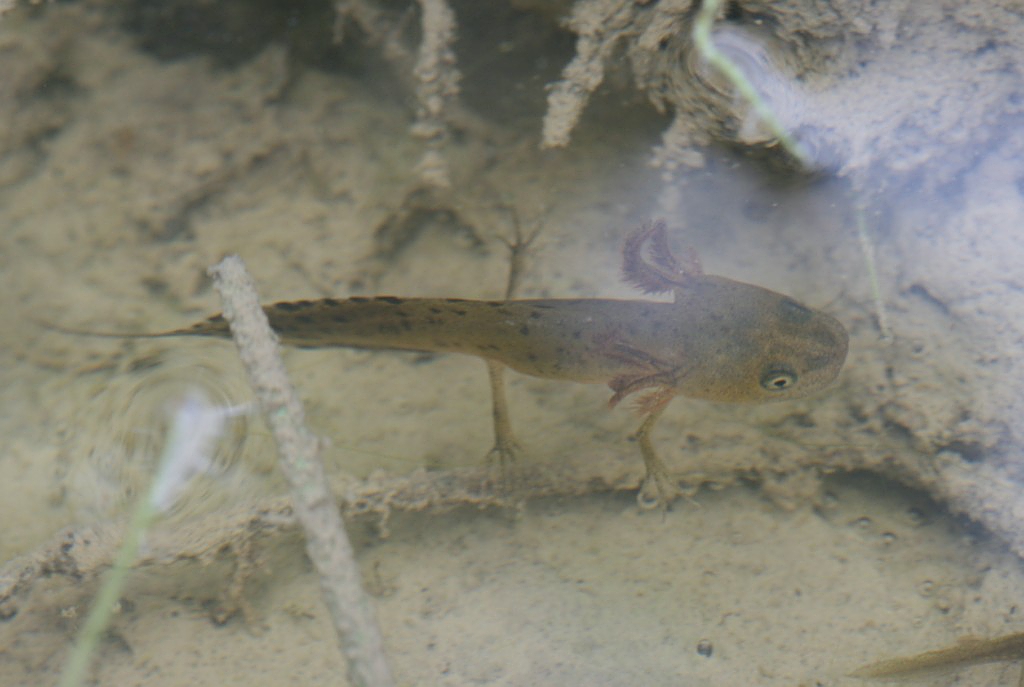This article concentrates on the identifiaction of the egg and larval stages of Great Crested Newts Triturus cristatus, and includes information relating to egg-laying and the plants most frequently used for the purpose. As the author is regularly called upon by Durham County Council to survey ponds during the daytime, with a view to determining breeding populations, it also describes the method which he uses, that of egg identification. The benefits of this approach are that it can be relatively quick, it proves whether a wetland actually holds a breeding population of Great Crested Newts (adults do temporarily inhabit ponds on their journey to and from their true breeding site), it is less disruptive to the wetland habitat than is netter for adults and, as each female lays between 200 and 300 eggs, there is a greater probabililty of recording the species.
